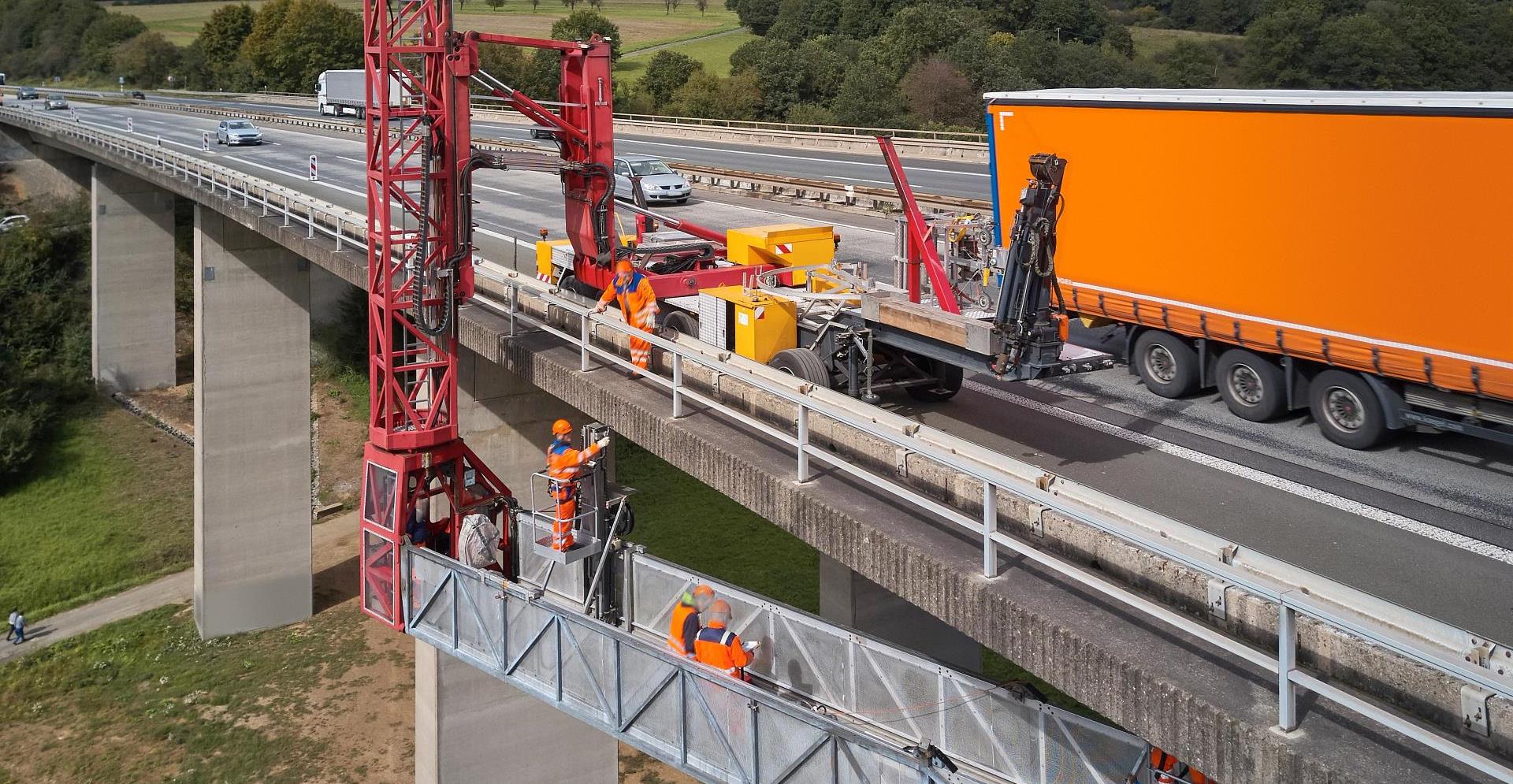In 1994, a section of the upper truss of the Seongsu Bridge in Seoul, South Korea collapsed due to bad maintenance, killing 32 people. Five years ago, the Ponte Morandi bridge in Genoa collapsed during a rainstorm, with 43 fatalities. On that occasion, the risk was known but an executive at the highways company in charge of the bridge and its maintenance said he remained silent for fear of losing his position.
Why Advanced Bridge Inspections Matter
Bridges are large, expensive and complex structures that are vital to transport networks around the world. Ensuring they are safe and performing well is difficult. This is a process open to human error and can often prove dangerous, with the consequences of inconsistent inspections or maintenance potentially catastrophic.
The examples above are unfortunately not unique. In the last few years there have been multiple bridge collapses, including a serious one involving the Julto Pul suspension bridge in Gujarat, India and more recently in the tragic collapse of the I-95 in Philadelphia. The common factors in some of these tragedies are human error and poor judgement, and while blame can be assigned to road accidents, poor materials or weather erosion, the job of the inspector is to determine whether a bridge is safe to use whatever the circumstances.
The most common inspection used is a visual one to evaluate and assess the condition of a bridge by eye. This would also mean using tools like hammers or scrapers and can vary from person-to-person in how it is performed. In addition to visual inspections, other techniques like the chain drag method are often used to find wear and degradation in the concrete, something that is time consuming and again depends on individual expertise.
Bridge assessors also often have to use scaffolding and ropes and are working at heights in wind or bad weather, leading to safety complications and higher risk.
It is not just problems around the potential risk of major faults developing, maintaining bridge performance must be proactive to ensure it remains open. A reliable road network depends on its bridges functioning well, as they are often choke points in allowing traffic to pass over a difficult or otherwise impassable obstruction.
However, advances in AI and machine learning, combined with robotics, computer vision and acoustic technology, have now presented the possibility of digitising the inspection process to inform maintenance so it is both targeted and efficient. By partnering with Niricson, Arcadis’ engineering and asset management expertise in asset durability, our bridge service capability now has added benefits for clients worldwide.
Increasing safety, reducing risks
With safety as the priority, the technology enables asset owners to inspect the assets accurately, with 90% less subjectivity and five times faster than current processes. Thereby minimising disruptions to road users and providing certainty on asset state.
The solution works by autonomously collecting four data layers, using a robotic device such as a drone. The first of these is an optical picture of the bridge, its shape and surface and obvious defects. Secondly, the drone uses infrared for thermal imagery, showing up the positions of any hidden cracks or faults. Finally, acoustic data via an automated striking mechanism present a sonic picture of any deeper faults in the sub-surface and detects concrete delamination, as well as the depth and significance of any potential problems.
Through the data collection and AI analysis, Arcadis engineers will gain comprehensive insights that will enable them to diagnose and evaluate the asset health. This information will be fed into risk and asset management systems to make informed whole of life decisions that ensure the long-term safety and durability of the assets.
There are significant sustainability benefits too. By eliminating unnecessary interventions, carbon emissions are reduced from the lack of need of transporting large amounts of equipment to and from the bridge. Keeping the bridge open also means more efficient traffic routes and the avoidance of congestion that would otherwise result in car emissions as they sit static with the engine running.
As well as providing older bridges with a crucial picture of its current state, these solutions can be used on newly built bridges to minimise material variations in reparation contracts and provide comprehensive structural independent verification that gives assurance of build quality at final handover. Looking ahead the potential applications of this technology are limitless, ranging from robotics that could carry out the bridge maintenance, to bridges that can self-diagnose a fault within their structure.
Untapped added benefits...
Having these detailed data sets allows for easier, quicker and more comprehensive reporting. This means situations where problems are hidden like in the Genoa case, are unlikely to occur. The maintenance requirements on Genoa were known but not carried out quickly enough. A robust process from diagnosis through to rectification needs to have accountability on timelines to create quality assured assets. It also gives much greater foresight in terms of predicting cost as well as materials and resources, something that could be of huge benefit to highways agencies, governments and ultimately the taxpayer.
The solutions provided by Arcadis in partnership with Niricson’s predictive analytics platform give whole lifecycle bridge support and a non-intrusive way to inspect and monitor concrete bridges that can significantly extend their lifespan, something that could in itself save large amounts of CO2 as well as CapEx, while making sure that risks to the public and bridge owners are reduced.






